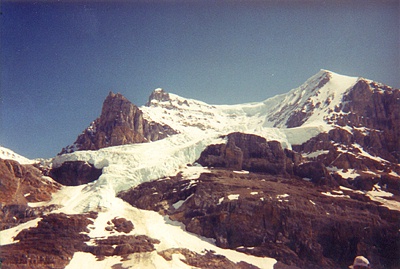All Nonfiction
- Bullying
- Books
- Academic
- Author Interviews
- Celebrity interviews
- College Articles
- College Essays
- Educator of the Year
- Heroes
- Interviews
- Memoir
- Personal Experience
- Sports
- Travel & Culture
All Opinions
- Bullying
- Current Events / Politics
- Discrimination
- Drugs / Alcohol / Smoking
- Entertainment / Celebrities
- Environment
- Love / Relationships
- Movies / Music / TV
- Pop Culture / Trends
- School / College
- Social Issues / Civics
- Spirituality / Religion
- Sports / Hobbies
All Hot Topics
- Bullying
- Community Service
- Environment
- Health
- Letters to the Editor
- Pride & Prejudice
- What Matters
- Back
Summer Guide
- Program Links
- Program Reviews
- Back
College Guide
- College Links
- College Reviews
- College Essays
- College Articles
- Back
Nepal
Nepal is about the size of Arkansas! Despite its small size it’s a very diverse country; from their beliefs in mythical creatures to the many different languages and diverse geography. They also have a very unique history and very recent change in government.
People think some of the earliest people in Nepal were the Kiratis. The Kiratis people were mainly sheep farmers. Then in 400ad the Kiratis people were replaced by the Lacchavi dynasty. Some of the earliest people in Nepal used pits to hunt for animals! During this time the Kathmandu valley was divided into town like sections, each with their own government.
Nepal is located between India and China at the base of the Himalayas. Nepal is 54363sq miles, a little bigger than Arkansas, but it has very diverse land. In the upper Himalayas, above 14,000ft, they have long winters and experience extreme cold and high winds. In the valley, between 4,000 and 11,000ft, they have moderate temperatures. In the warm season Nepal gets around 60in of rain annually.
Nepal is one of the poorest countries in the world. ¼ of the population does not make enough money to pay for food, education and other services. Many of the women have to work in other countries, like the US, as domestic servants to make enough money for their families; they make ¼ of the country’s GDP. Nepal has an average GDP of $490 per person, while the US has an average of $49,800. Nepal is dependent on their unpredictable agriculture. ¾ of the population is in the agriculture business.
In Nepal rule by king ended in 1951. In 1990 a multi party democracy was established. Then shortly after in 1996 a 10 year civil war between insurgents and government forces broke out. Mass protest in April 2006 was followed by a few months of peace. Then the newly formed constituent assembly declared Nepal a federal democratic republic. After that their first president was elected in July 2008.
In Nepal formal school spans a period of 12 years; at that point the student graduates with a certificate of higher secondary education. Preschool is not yet part of the formal education system. Free primary education was first offered in 1972, now 2/3 of children 6-11 go to school. Males generally go to school longer then girls. 63% of men and 35% of girls can read or write. In Nepal private schools normally have better facilities.
Nepal has two main religions, hinduism and buddism. The Napalis often hold festivals where they eat food like daal(lentil soup), bhat(steamed rice), tarkari(curried vegetables), and aachar(pickles). Napalis do not eat beef for two reasons, one because hindus worship the cow, and two because it’s the national animal. In the country the men normally work while the women stay at home, in cities though this may differ.
Besides cricket Nepal mainly has extreme sports, for example, white water rafting, climbing, skiing, heli skiing and trekking are popular in Nepal. 153 of Nepal’s many peaks are open to climbers, and attract 500 expeditions per year. One well known person in Nepal is the Sherpa Tensing Norgay who was one of the first two men to summit Everest. Everest is the highest mountain in the world at 29,035ft. It’s also one of the deadliest. Around one out of every six people die trying to summit. Sherpas are known for their climbing skills. They help expeditions carry all their gear up the mountain. Without them almost no one could get up the mountains.
In Nepal around 50 different languages are spoken. Many people still rely on medicine men, even though there are clinics. In Nepal the yeti, which is like the big foot or abominable snowman of the Himalayas, was a protected species until 1958, even though there was no real evidence to prove that they were real!
So, as you can see, Nepal is a pretty unique country. Even though Nepal is a poor country it’s very diverse and has unique beliefs.

